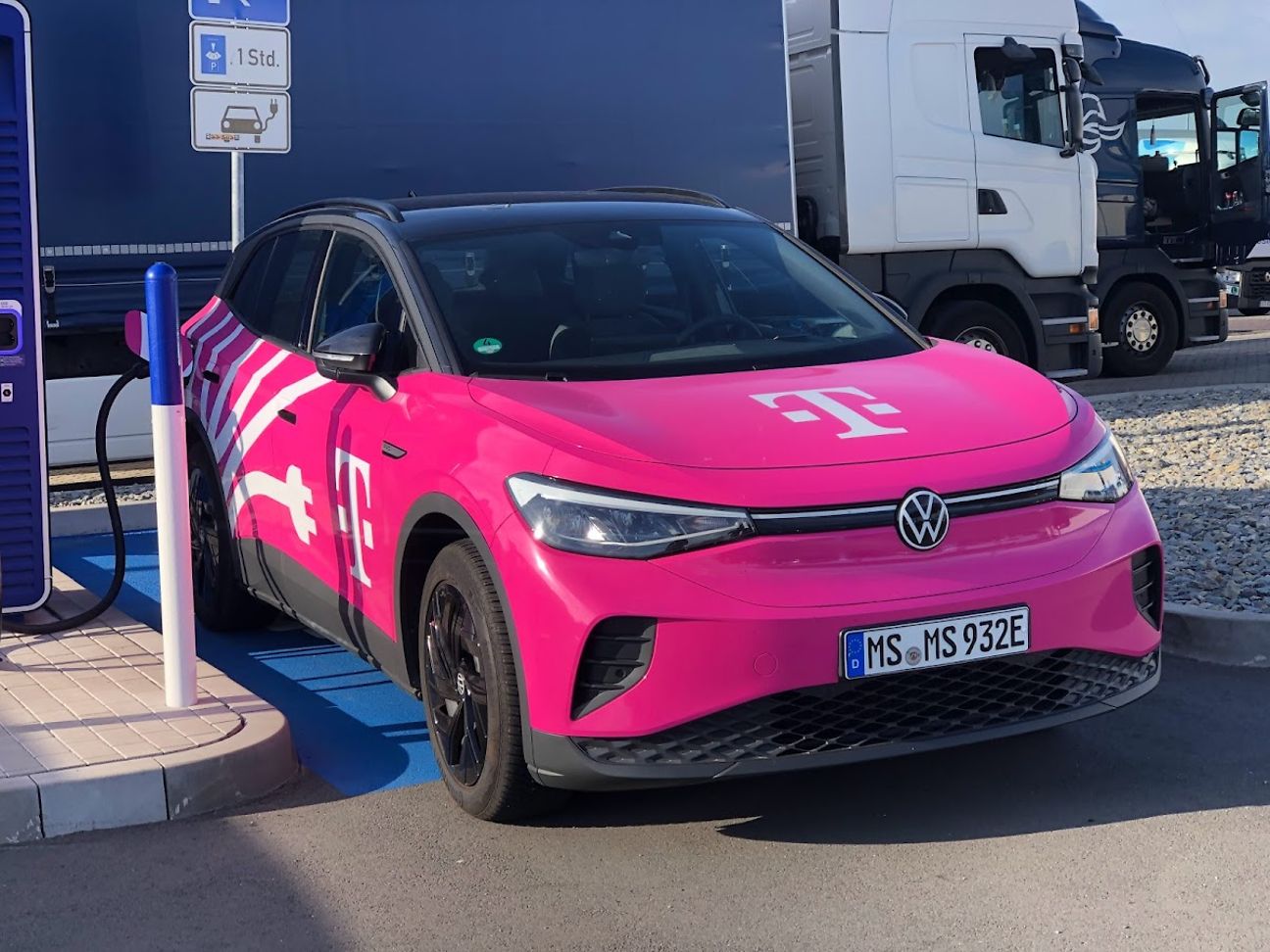

E-mobility for beginners: tips and facts
Well - to be honest- I think, I have a problem. Our e-car has been ordered and I have no idea what charging will look like. At home, an electrician will probably have to get involved first and see which solution makes sense for us. And on the road? I still have a lot of question marks at the moment: Are there enough charging stations? How do I pay? And what is actually behind the charging stations?
The good thing is - I'm not alone. E-cars are booming in Germany. More than one million e-cars with are on German roads today. However, the issue that concerns potential e-car buyers the most is the charging infrastructure. Up to 50 percent fear problems with charging. Reason enough, for the Federal Government to promote the expansion of charging stations with 300 million euros. The goal: to create one million charging stations by 2030. And to ensure uniform standards for charging and payment with a charging station ordinance. Telekom is also promoting the charging infrastructure. Find out how here.
It's best at home
Well, the e-car is ordered. The question remains - what is the best way to charge it? Most electric cars can be charged at the usual household socket, but this is not recommended. Standard household sockets are not designed for such high and continuous power. And at full power, overheating can quickly occur. That's why many e-car owners opt for a wallbox. Not only does it charge more safely, it also charges much faster. Smart wallboxes also provide dynamic load management. Here, the current electricity consumption of the house is measured and then it is calculated which power is left over for charging the electric car. This also ensures that I don't suddenly find myself in a cold shower just because my husband has plugged the e-car in to charge it in the garage.
I still have a little time before the e-car is delivered. But, time is running out. My favorite electrician allready waved me off: no resources left at the moment. Now I have to look into alternatives. What does my energy supplier offer, or does my car dealer have a similar offer as Volvo. Volvo customers buy their Wallbox as a complete package from Telekom. Here, around 7000 Telekom technicians ensure that the Wallbox is installed as quickly as possible. In the case of new orders, even before the vehicle arrives at the customer's premises.
Charging on the road - just as easy as refuelling
A nationwide public charging infrastructure - in combination with the private charging infrastructure - is extremely important for the acceptance of e-mobility. Charging electric cars should be possible everywhere where it is really needed in everyday life. This is the goal of the Charging Infrastructure Master Plan II, which Volker Wissing, Federal Minister of Transport and Digital Infrastructure (BMVI), presented on 19 October 2022. "Everyone should know in time about charging costs and whether the charging station is free. To this end, real-time data on vacancies of e-charging stations and prices will be available in the future. Charging will be as easy and natural as refuelling - perhaps even more convenient," says Wissing.
But a nationwide expansion is not a task that can be accomplished by a single person. Here, the offers of various providers, such as cities, motorway service areas, retailers, energy suppliers or car manufacturers, complement each other. And Telekom supports these providers as a reliable, experienced partner. As Telekom, we have more than ten years of experience in the market for charging infrastructure and operate (under the Comfort Charge brand) our own fast charging stations throughout Germany.
What's behind the charging station
Not visible at first glance, but important for smooth use, is the technology behind the charging stations. It needs a functioning digital infrastructure. This ensures that customers can identify themselves with charging cards or apps at the charging points and start the charging process. And that customers can also charge without a charging card and without a contract, cashlessly via PayPal or credit card. To achieve this, the different payment and identification systems must be compatible with each other. Solutions like Deutsche Telekom's help here. They ensure that customers and charging point operators can rely on systems that are - technically speaking - intelligent, scalable, modular and compatible with a wide range of charging point manufacturers.
For me, this means - I drive off with the good feeling that charging my e-car is just as uncomplicated as filling up my old car.

